Nuthatches are a group of small birds that share the same genus, Sitta. Their heads are relatively large in comparison to their bodies, and they have strong, pointed beaks.
They are songbirds, and their songs are loud and piercing, but not excessively complex. Much like woodpeckers, nuthatches climb up and down tree trunks in search of food. Read on to learn about the nuthatch.
Description of the Nuthatch
There are many different species of nuthatches, and they vary in color. However, their general size and body shape is quite similar. Most species range in length, usually between four and six inches, and they are darker on top, with lighter bellies.
Many species have a black or dark stripe across their eyes to the backs of their heads, almost like a thin mask. Their color varies, ranging from slate grey to blue, orange, and cream.
Interesting Facts About the Nuthatch
These birds are unique little creatures, with a number of specialized adaptations and behaviors. Learn more interesting facts about nuthatches below.
- Plentiful Species – There are at least 29 different species of nuthatches! The vast majority of species live in Asia and the surrounding islands, but five species live in North and Central America. There are several other species in Europe, Africa, Russia, India, and the Middle East.
- The Bahama Nuthatch – There is a single species of nuthatch that lives only in the Bahamas. The IUCN lists these little birds as Critically Endangered. Researchers believe that there may be fewer than 50 Bahama nuthatches left in the wild.
- Various Threatened Populations – The Bahama species isn’t the only nuthatch in danger. The IUCN also lists some other species as Endangered or Vulnerable. The IUCN lists the Algerian species as Endangered, the Corsican nuthatch as Vulnerable, and the beautiful nuthatch as Vulnerable, just to name a few.
- The “Giant” Nuthatch – Even though the giant nuthatch is the largest species, it’s a bit of a stretch calling them “giant.” At their largest, they are less than eight inches long! This species, along with many other species of nuthatches, is also listed by the IUCN as Endangered.
Habitat of the Nuthatch
With so many different species, it’s no surprise that these little birds inhabit a wide variety of ecosystems. For the most part, they live in areas with plenty of trees, such as woodlands. This is because they feed primarily on insects, and hunt by hopping up and down the trunks of trees.
Each species of nuthatch usually has a specific species of tree that it prefers to hunt on. This preference for specific tree species is detrimental when people cut down forests, because the birds cannot adapt to urban environments.
Distribution of the Nuthatch
Different species of or this bird live across the globe, and they have an impressively wide distribution as a genus. There are species that live in North America, Central America, Europe, Asia, Russia, India, Africa, the Middle East, and a variety of western Pacific islands.
Some species, like the Eurasian nuthatch, have ridiculously expansive ranges. Other species, like the aforementioned Bahama nuthatch, live in a small area on a single island.
Diet of the Nuthatch
These little birds have a similar feeding strategy to woodpeckers, and use their strong legs to hop vertically along tree trunks for food. While they don’t hammer holes in the trees like woodpeckers, they use their strong beaks to pry seeds and insects out of tight spaces.
Their insect intake increases while they are breeding, because egg production and chick growth requires more protein. Some of their favorite prey species are spiders, beetles, ants, wasps, and more. These birds also feed heavily on the seeds of pinecones, particularly during the winter when insects are scarce.
Nuthatch and Human Interaction
For the most part, nuthatches are relatively inconspicuous little birds. Humans rarely take specific note of them, outside of bird watching, and they do not pose any type of harm or threat to people in any way.
Sadly, human activity often results in population decline for these birds. Some species are quite prolific, but others have very small populations, which are further dwindling away due to habitat destruction.
Domestication
Humans have not domesticated nuthatches in any way.
Does the Nuthatch Make a Good Pet
No, nuthatches do not make good pets. They are wild birds, and in most places it is illegal to own a nuthatch as a pet. For many species, every bird is important for the overall survival of the population.
Nuthatch Care
Those birds that are in zoos have a few specific needs. Because of their unique behavior, mature trees and upright logs or branches are an important element in their enclosures or aviaries. The best-case scenario for these little birds is a large, walk-through aviary with adult trees growing within.
In these types of enclosures, nuthatches thrive while foraging for small insects in a natural environment. Zookeepers provide them with additional seeds and pelleted insectivore diet to ensure they receive all the nutrients that they need.
Behavior of the Nuthatch
The behavior of this bird varies from species to species, but for the most part, they live in pairs or small family groups. Not only do mated pairs stay together until their partner dies, but their male offspring also stay nearby to assist in caring for the newest batch of chicks. Not only do they help feed the babies, but they also defend the nest and their mother from threats.
When the breeding season is over, the families all join a large flock of birds, all of which forage together. These flocks often contain nuthatches, chickadees, woodpeckers, warblers, and other species as well.
Reproduction of the Nuthatch
Scientists have not been able to conduct research on every nuthatch species. While many species have similar clutch sizes and incubation times, this is not true for all species of nuthatches. In general, incubation lasts a short period, usually around two weeks or so.
Both parents feed and care for the chicks, and the young begin to fly when they are around a month old. Young females become independent relatively quickly, but males remain near their parents longer.

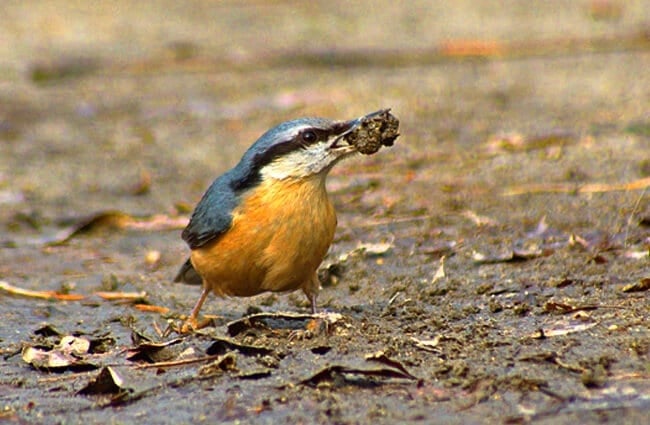
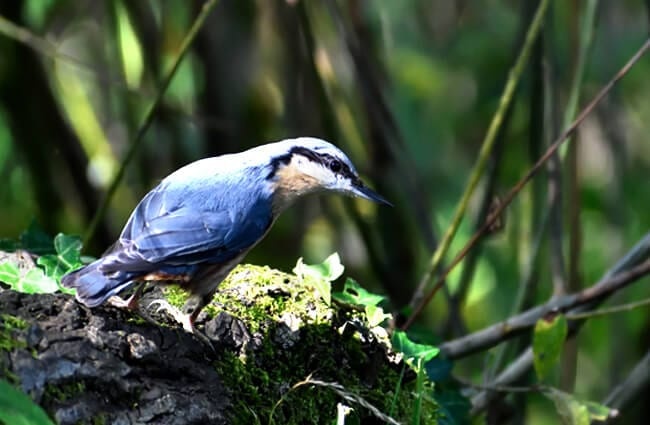


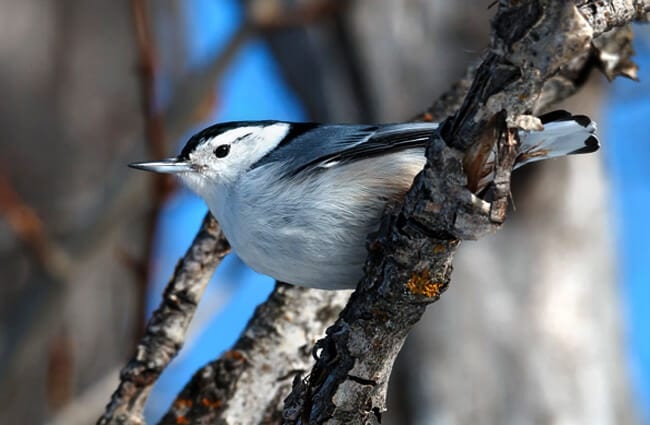
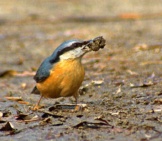
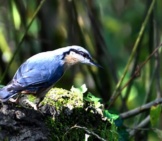
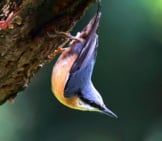

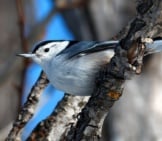
![Red Angus Closeup of a beautiful Red Angus cowPhoto by: U.S. Department of Agriculture [pubic domain]https://creativecommons.org/licenses/by/2.0/](https://animals.net/wp-content/uploads/2020/03/Red-Angus-4-238x178.jpg)












![Red Angus Closeup of a beautiful Red Angus cowPhoto by: U.S. Department of Agriculture [pubic domain]https://creativecommons.org/licenses/by/2.0/](https://animals.net/wp-content/uploads/2020/03/Red-Angus-4-100x75.jpg)

